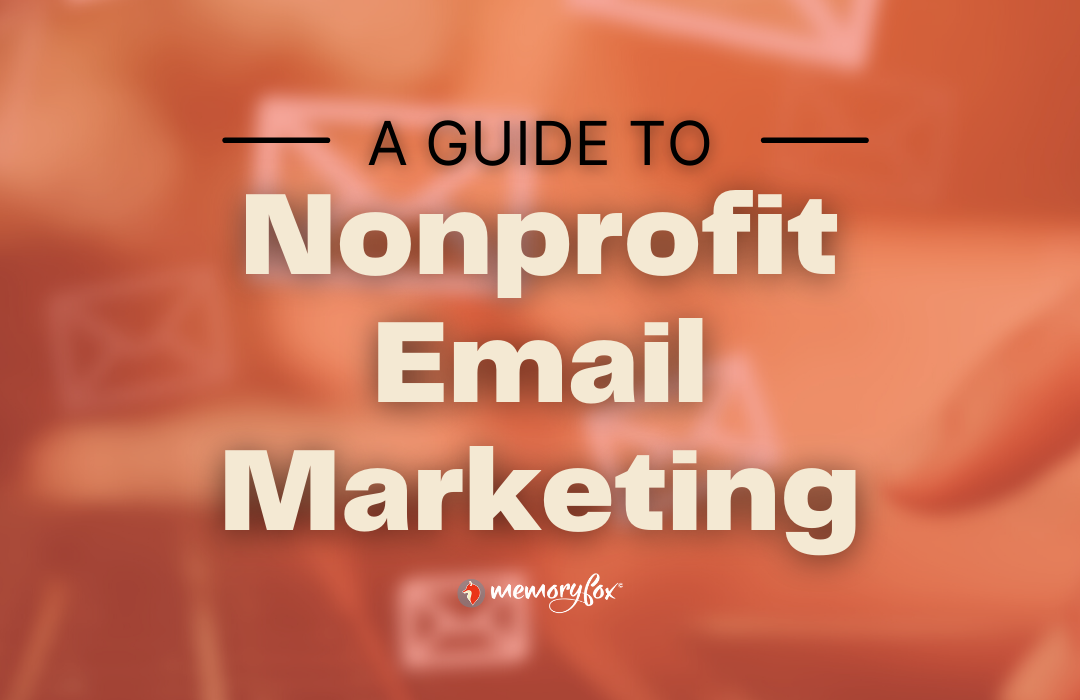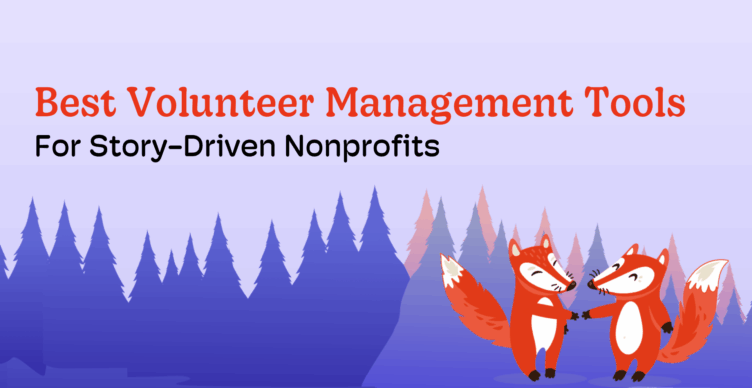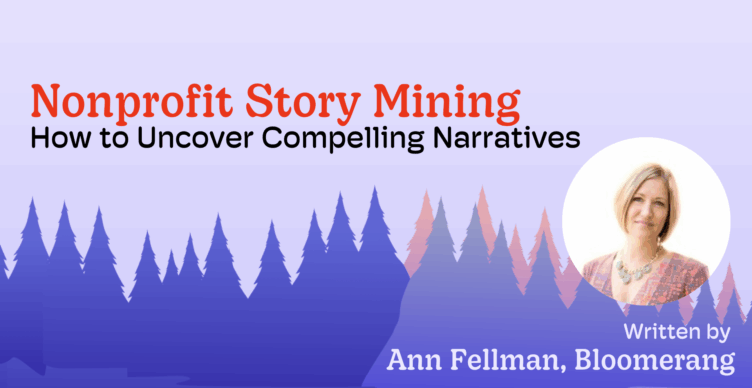A Guide to Nonprofit Email Marketing

Nonprofit email marketing can often be overlooked in the wake of the social media marketing surge, but it should be a go-to tool in your organization’s marketing strategy. Email marketing is a powerful tool that can help you reach wide audiences, separate campaigns and messages by target segments, and foster relationships with your constituents and communities. Additionally, with the right tools and strategies, you can streamline your process for thanking donors and volunteers, solicit new volunteers, and increase the community’s awareness of your impact, mission, and services.
And for a busy nonprofit worker, we know that streamlining anything will really help you juggle the many functional roles under your title.
How do you craft email messages that won’t be deleted? How do you improve the probability that your target audience will take the intended action as a result of your email? We’ve created a guide to help get you started and streamline your efforts.
How to Strategize Nonprofit Email Marketing
With a lack of time and resources that nonprofits typically face, email marketing can be the secret weapon in your organization’s toolkit for engaging with the community, staying connected with donors and volunteers, and building a loyal donor pipeline. To get started in streamlining this process, you have to begin with the basics.
Create Separate Email Lists
In nonprofit email marketing, all of your email campaigns can’t go to every single person in your database. Emails targeting volunteers may not always be relevant to donors, and volunteers who don’t donate may not want to receive solicitations for monetary donations on a regular basis. From your existing database of donor, volunteer, and other engaged contacts such as event attendees, create separate lists based on past engagement data. This can be as simple as separating the database by donors, volunteers, and event attendees, or as complex as separating by donation level, number of years volunteering, or number of events attended. Regardless of the tactics or guidelines you use to segregate your database into lists, make sure you maintain the single database that includes everyone from all of your lists. Individuals can be included on more than one list too, or even split by demographics. As long as they meet the criteria you set for any given list, they can be included!
If you have a database provider, rather than manually maintaining your constituent lists, you can easily integrate this with your email provider to make separating and sending lists by engagement criteria even easier. This has the additional benefit of being a live list rather than a static one. So if someone changes in engagement criteria, such as a volunteer making their first gift or an existing donor moving up in a giving level, your email lists will update automatically. Plus, any new individual who is newly engaged with your nonprofit organization will automatically be added to your email criteria lists without manual entry! The rule-of-thumb in nonprofit email marketing is to think smarter, not harder, and streamlining your contacts into lists in a live database is the best way to ease your workload.
Personalize Your Content
This goes even deeper than sending specific, targeted emails to specific lists in your database to achieve a particular organizational goal; personalizing content in nonprofit email marketing is the easiest way to increase action and engagement from your campaigns. Personalizing emails is done through your database, so the more information you have about your contacts, the better. We’re not talking about sensitive information about each person in your database; even data such as first and last name, events attended, or even number of years engaged.
It’s worth noting that personalization in nonprofit email marketing goes far beyond adding a first name to the subject or beginning part of your emails. The objective of personalization is to make your engaged contacts feel seen and valued, so adding small touches to an already-targeted email will drive your engagement and open rates up that much more. In fact, personalized emails are 29% higher open rates and 41% higher unique click rates. Personalized subject lines alone see about a 37% higher open rate on average than emails without personalization tokens.
To stand out with your emails and personalization, try using data points beyond a first name in your campaigns. Emails wishing donors and volunteers a happy birthday go a long way, but so do emails that celebrate a volunteer anniversary or recognize a certain number of gifts made by a specific donor. Incorporating similar metrics in automatic, and regular emails to lists that meet the criteria will not only help drive your engagement, but also strengthen the relationship that your constituents have with your organization.
Mix Up Your Messaging
Don’t just stick to one type of email all the time, you’ll quickly lose the interest of your audience and they will slowly become disengaged. Newsletters are an important aspect of nonprofit email marketing in that it keeps your donors, volunteers, and other engaged contacts in the loop of the important things that are happening in your organization, but they shouldn’t be your only email touchpoint with them. Email campaigns expressing gratitude for time and gift donations, anniversary or milestone celebrations, and personalized event invitations are a few of the many ways to keep the people in your pipeline engaged and bought in with your mission. Further separating your email types into separate campaigns and strategies for each list you made above will help your constituents feel valued by your nonprofit. The more they’re engaged, the more likely they are to take action from an email! Just be sure to find the right balance between too little emails and too many, you don’t want to bombard their inboxes, either.
Best Practices for Nonprofit Email Marketing
Set Up Automatic Emails to Thank Donors
This will be dependent on the software that you use, but many standard email campaign software systems have this feature. Something as simple as a quick “thank you” can leave a valued impression on your donors, without you having to do the manual labor to do it yourself each day. Streamlining at its finest!
Conduct A/B Tests
You need to find what works best for you and for your audience. What subject lines make people open your emails? What images, colors, or taglines will encourage your audience to click on the email’s internal links? The answers to these questions will help strengthen the quality of your emails, and help you improve your KPI’s.
The best way to do this is through A/B testing. With A/B testing, you randomly split your already-segmented lists in half, with one half being the control group and the other half being the test group. From there, you send each group nearly identical copies of the same email with small changes to the subject line, preview text, messaging copy, photos, or layout see which email yields the higher open rate, click rate, or actions taken. A/B testing requires minimal effort, but can significantly improve your success with nonprofit email marketing.
Email campaigns are crucial strategic tools that shouldn’t fall to the wayside in the grand scheme of your online or digital marketing presence. With careful organizing in the early stages, nonprofit email marketing can be an effortless way to meet your organizational goals, raise awareness of your mission, and engage your community.
Want more nonprofit marketing tips sent straight to your inbox? Sign up for MemoryFox‘s monthly newsletter!




